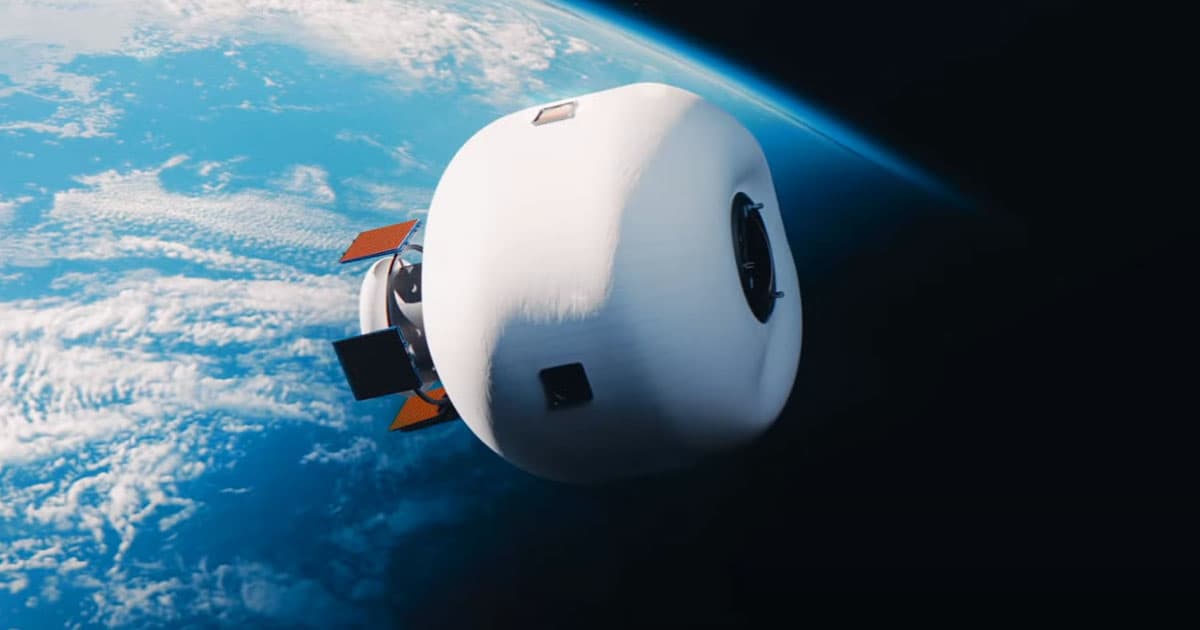A space startup called Max Space is looking to launch expandable, "stadium-sized" habitats into the Earth's orbit on board a SpaceX rocket by the end of the decade.
In theory, the startup's goal is straightforward. Its habitats are designed to give us as much room to live in space by minimizing the mass and volume of the payload required to be launched into space, a notoriously costly process.
"The problem with space today is, there isn't enough habitable space in space," said co-founder Aaron Kemmer in a statement. "Unless we make usable space in space a lot less expensive, and much larger, humanity's future in space
will remain limited."
The one-year-old company's "scalable habitat" designs range from 20 cubic meters to a whopping 1,000, or 700 and 35,300 cubic feet respectively — which would dwarf existing habitat concepts out there if they're launched in 2027 and 2030 as planned.
These habitats could not only float in the microgravity of orbit, the company says, but even be deployed on the surface of the Moon or even Mars.
"My dream is to have a city on the Moon before I die," Kemmer said. "So I look at this like, this is going to be the habitat, the structures, that are going to go inside the lava tubes buried under the [lunar] surface," Kemmer told Space.com.
That's all with a huge disclaimer, of course: it's a wildly ambitious plan and the company is bound to encounter plenty of obstacles along the way.
At least the startup's leadership has some existing experience to draw from. Kemmer co-founded Redwire Space (formerly Made in Space), a company that has sent several 3D-printing devices to the International Space Station to explore off-Earth manufacturing.
Making habitats inflatable has some key advantages, including a much smaller size that could squeeze into a rocket fairing.
The idea isn't exactly new. As Space.com points out, there are three inflatable space habitat modules orbiting the Earth right now, all of which were developed and built by Bigelow Aerospace, which has been pioneering the concept.
Max Space cofounder Maxim de Jong worked on the pressure-restraining hulls of two of these habitats at Canadian contractor Thin Red Line Aerospace.
The startup is hoping to bring costs down by using a new approach that's highly scalable, and launch its first off-Earth test — a module roughly the size of two suitcases that expands into a volume of 700 cubic feet — just two years from now, per Space.com.
If everything goes according to plan, the prototype could set a new record, ballooning past the volumes of all three inflatable habitats currently orbiting the Earth.
But Max Space isn't the only company looking to launch a new generation of expanding habitats into space.
Competitor Sierra Space has also been busy intentionally blowing up full-scale inflatable habitat prototypes on Earth, and is planning to start work on flight-ready hardware by mid-2026.
More on inflatable habitats: Full-Scale Prototype Space Habitat Explodes Under Pressure
Share This Article
